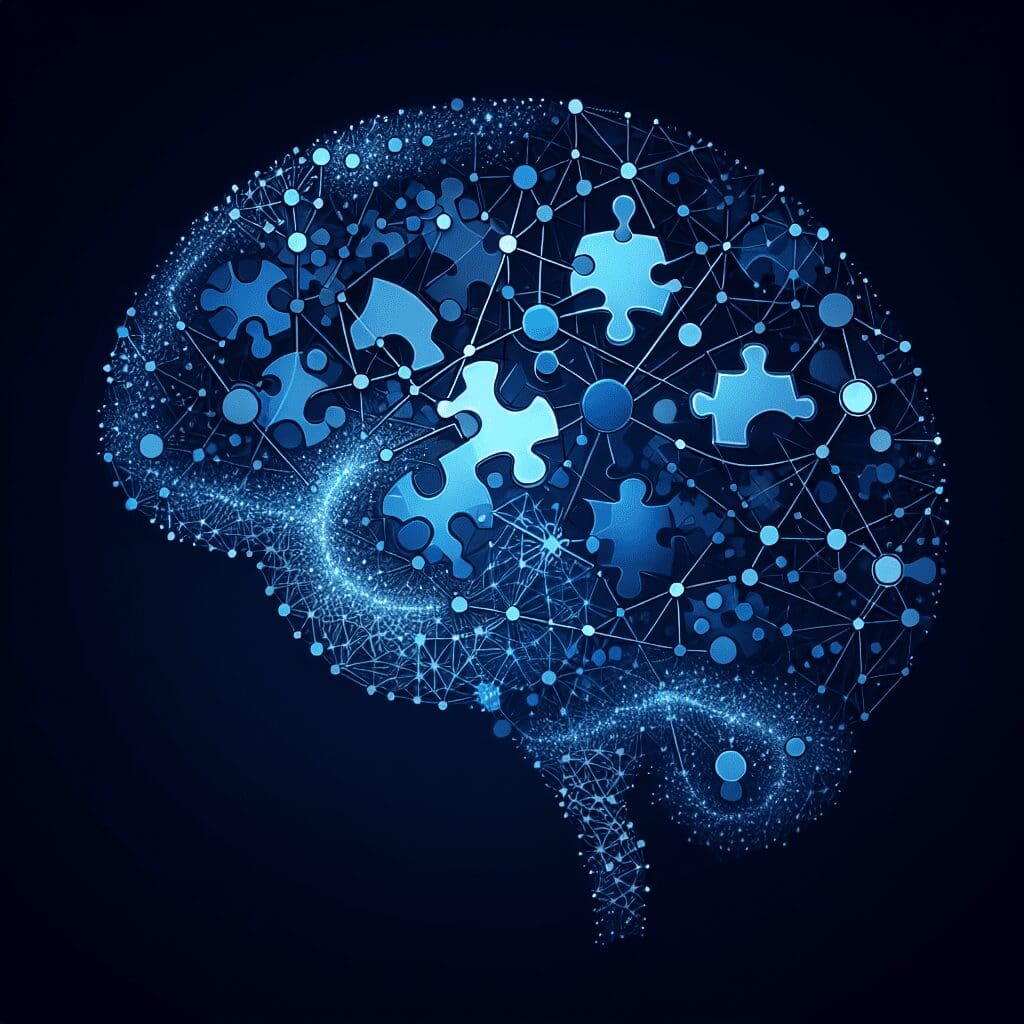Introduction: Peering Into the Mirror Imagine gazing at a mirror that doesn’t merely reflect your face but instead echoes the social nuances of the world around you. This metaphorical mirror is known in the realms of neuroscience as the action observation network (AON), a mystical web within our brains that helps us comprehend and mimic […]
Tag: Families

Exploring the Minds of Educators: What Shapes Teachers’ Views on Inclusive Education?
Introduction: Opening the Door to Inclusion Imagine a classroom buzzing with the excitement of learning, where every child feels valued and empowered, regardless of their abilities. This ideal picture of inclusive education represents a goal that many educators strive for. Yet, the journey to achieve it often depends significantly on how teachers think and feel […]

Navigating the Emotional Landscape: Depression and Resilience Among Pregnant Women After the Lushan Earthquake
Introduction: When the Earth Moves, So Do Our Emotions In the blink of an eye, life can become unrecognizable, especially when a natural disaster strikes. Imagine being pregnant, already a time of seismic emotional and physical changes, and then being thrust into the tumult caused by an earthquake. This was the stark reality for many […]

Allergies at School: Beyond Red Eyes and Runny Noses
Introduction Imagine a world where the simple annoyance of a runny nose or a constant itch can spell a social disaster or an academic downfall for a child. It’s not just about the physical discomfort; it’s about how these seemingly minor ailments can ripple through a child’s mental and social life. While many might dismiss […]

Bridging Worlds: Understanding Autism Perspectives on the Kenyan Coast
Autism Spectrum Disorders (ASD) remain one of the most complex and often misunderstood conditions worldwide. But what happens when we look at it through the multifaceted lens of a multicultural society, like that of Kenya’s coastal region? This question is at the heart of the enlightening research paper, “Parents’ and Professionals’ Perceptions on Causes and […]

Unraveling the Language Code: Insights into Early Childhood Development
Introduction: A Window into the World of Words Imagine stepping into a child’s world, a place where every sound, word, and sentence is a building block for understanding the endless stories the world tells us. It is here, between the ages of 4 and 7, that one of the most remarkable developmental journeys takes place: […]

Understanding Pain Sensitivity in Teen Boys with ADHD: A Journey Through Conduct Disorder and Emotional Traits
Introduction: A Curious Link Between Pain and Behavior Imagine a world where feeling less physical pain could shape how a young person behaves. While it may sound like the beginning of a sci-fi novel, it’s actually a central theme in a fascinating research paper: Pain Sensitivity in Adolescent Males with Attention-Deficit/Hyperactivity Disorder: Testing for Associations […]

The Shadow of Smoke: How Early Exposure to Cigarettes Affects Our Future
Introduction Imagine walking through a fog that seems harmless at first glance but, as you proceed, you start to feel the pricks of its icy threads wrapping around you, pulling you closer into the misty unknown. This isn’t just an eerie visual; it’s a metaphor for something all too real: the potentially deadly consequences of […]

Discovering a New Key to Understanding Autism: The Role of Arginine Vasopressin in Social Functioning
Introduction: Cracking the Code of Social Challenges in Autism Imagine living in a world where understanding the social cues of others often feels like deciphering a complex code. For many children with autism, this challenge is part of their everyday reality. Autism Spectrum Disorder (ASD) is a developmental condition characterized by difficulties in social interaction, […]

Understanding Technology Through a New Lens: Enhancing Interactive Systems for Children with Autism Spectrum Disorder (ASD)
Introduction: Delving Deeper into the Digital World for Autism Imagine a world where children with autism spectrum disorder (ASD) find software interfaces as inviting and accessible as their favorite toys. For many children with ASD, technology is not just a tool but a vital medium through which they can communicate, learn, and explore the world. […]
